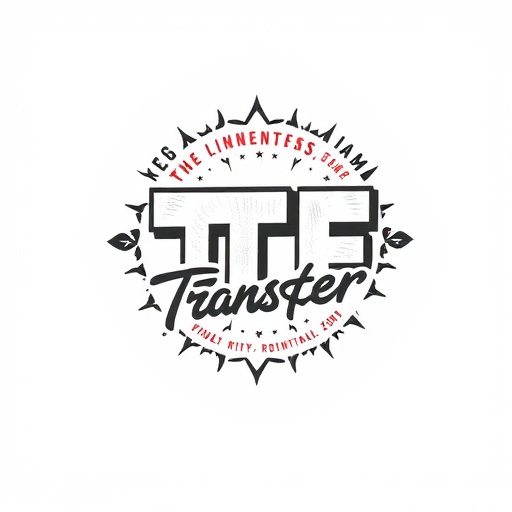K&N and Gexhaust’s aFe Power intake systems differ in key areas: maintenance (K&N is easier), longevity (aFe varies by model), filtration efficiency (aFe offers advanced technology for smoother response) and cost (aFe is more expensive upfront). K&N's reusable, washable filters provide excellent airflow and value, while aFe prioritizes premium construction and broader temperature ranges. Regular maintenance is crucial for optimal performance from both brands.
“Uncover the distinct maintenance requirements of K&N and aFe Power intake systems, two leading brands in performance air filters. While both offer high-quality filtration, their approaches differ significantly. This article delves into the key features and benefits, comparing longevity and real-world performance. You’ll explore how these differences impact engine health and overall efficiency, highlighting the unique advantages of each brand. Understanding these distinctions is vital for car enthusiasts seeking optimal intake system maintenance.”
- K&N vs aFe Power Intake Systems: Key Features and Benefits
- Maintenance and Longevity Comparison: What Sets Them Apart?
- Real-World Performance: Differences in Filtration Efficiency and Engine Response
K&N vs aFe Power Intake Systems: Key Features and Benefits

When comparing K&N and aFe Power intake systems, several key differences stand out. K&N is renowned for its reusable and washable air filters, offering both cost-effectiveness and environmental benefits. Their intakes are designed for easy installation and often come with simple, direct-fit designs that require minimal modification. Additionally, K&N provides excellent airflow and efficient performance, enhancing engine power without compromising reliability.
Conversely, aFe Power intake systems prioritize premium construction and advanced filtration technology. They use high-quality materials and intricate engineering to ensure optimal air flow and maximum dust and debris reduction. While these systems may be more expensive upfront, they offer longer service life and often come with broader temperature ranges, making them suitable for various driving conditions. The aFe Power intakes are known for their sleek designs, enhancing both performance and aesthetics.
Maintenance and Longevity Comparison: What Sets Them Apart?

Maintenance and longevity are key aspects that set K&N and aFe Power intakes apart. While both brands offer high-performance air intake systems, their approach to maintenance differs significantly. K&N intakes are designed with ease of service in mind. Their modular design allows for simple cleaning or replacement of the air filter, ensuring minimal downtime and cost-effective maintenance over time. In contrast, aFe Power intakes often require more intricate maintenance routines. These systems may incorporate unique filtration technologies that necessitate specialized care, potentially increasing both the cost and complexity of routine upkeep.
When comparing K&N vs aFe Power intakes in terms of longevity, factors such as filter media quality and overall construction play a crucial role. K&N filters are renowned for their durability and ability to withstand harsh conditions, often outperforming competitors in real-world applications. On the other hand, while aFe Power intakes may offer advanced filtration capabilities, their long-term reliability can vary based on specific model and usage scenarios. Regular maintenance, as recommended by each brand, is essential to ensure optimal performance and extended service life for both K&N and aFe Power air intake systems.
Real-World Performance: Differences in Filtration Efficiency and Engine Response

In real-world performance, one of the key differences between K&N and aFe Power intake systems lies in their filtration efficiency and engine response. K&N intakes are renowned for their high-flow air filters that offer excellent airflow capabilities while maintaining a good level of filtration. This design allows for improved engine breathing, resulting in enhanced power and torque across the RPM range, particularly at higher speeds. On the other hand, aFe Power intake systems often incorporate more advanced filter media and unique flow designs. These innovations can lead to even better filtration efficiency, capturing finer particles while maintaining or even improving airflow. This translates into a smoother and more efficient engine response, benefiting both daily driving and performance-oriented applications.
The K&N vs aFe Power intakes difference becomes evident in practical scenarios. For enthusiasts seeking maximum power potential, aFe’s advanced filtering technology might offer subtler improvements but could be more costly. In contrast, K&N provides excellent value for money with its high-flow filters, catering to those who prioritize affordability without compromising on performance gains.
When comparing K&N and aFe Power intake systems, it’s evident that each offers unique advantages. K&N stands out for its convenience in maintenance due to reusable and washable filters, while aFe Power intakes often require more frequent replacement but provide superior filtration efficiency. In terms of real-world performance, both brands deliver improved engine response, catering to various driver preferences. Ultimately, the choice between K&N vs aFe Power intakes depends on individual needs, with each brand contributing distinct benefits to the automotive aftermarket.














